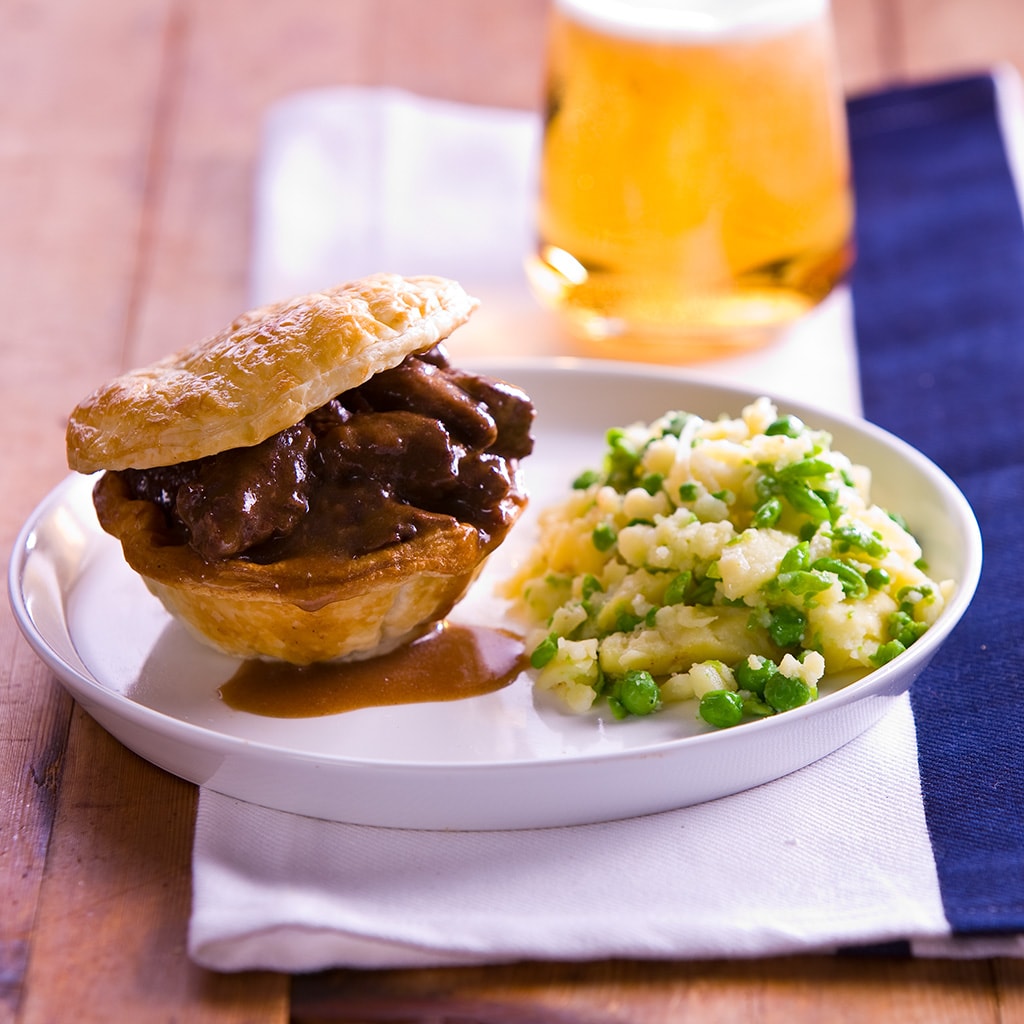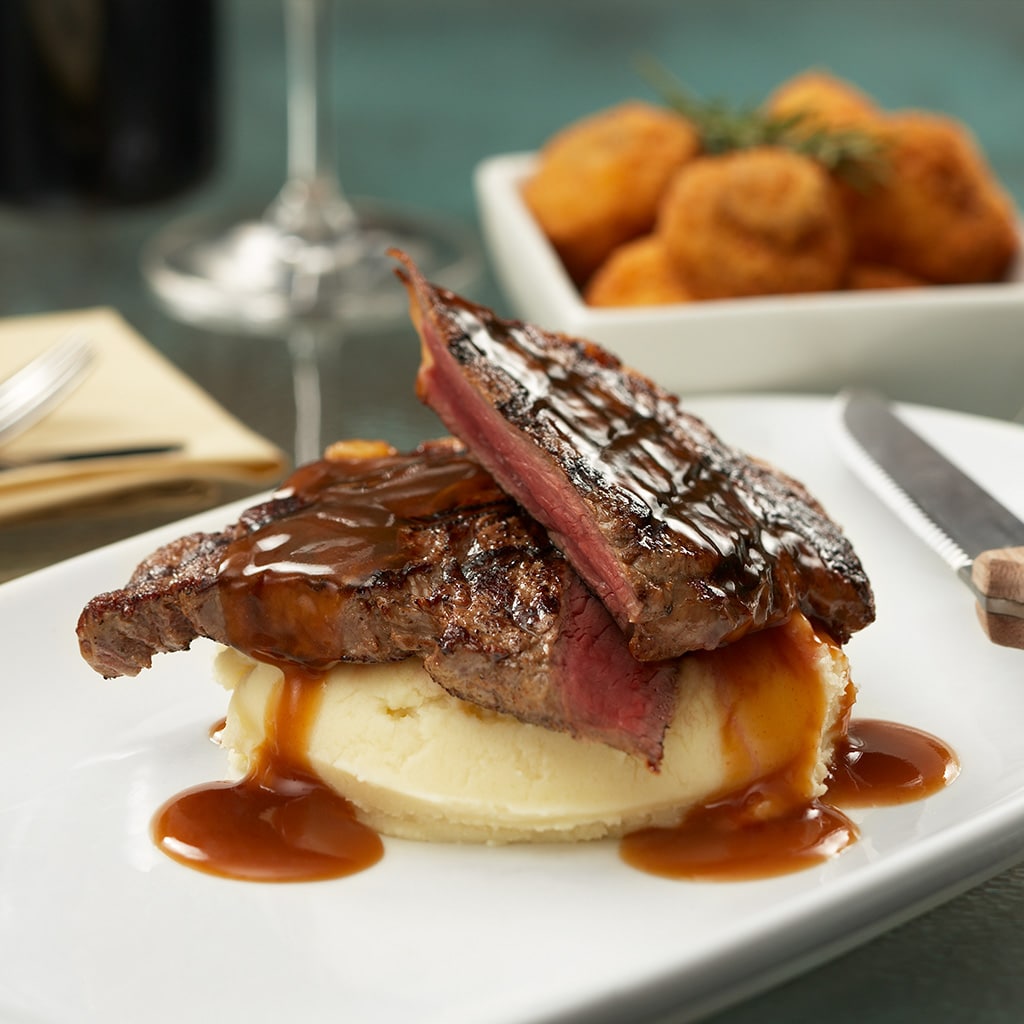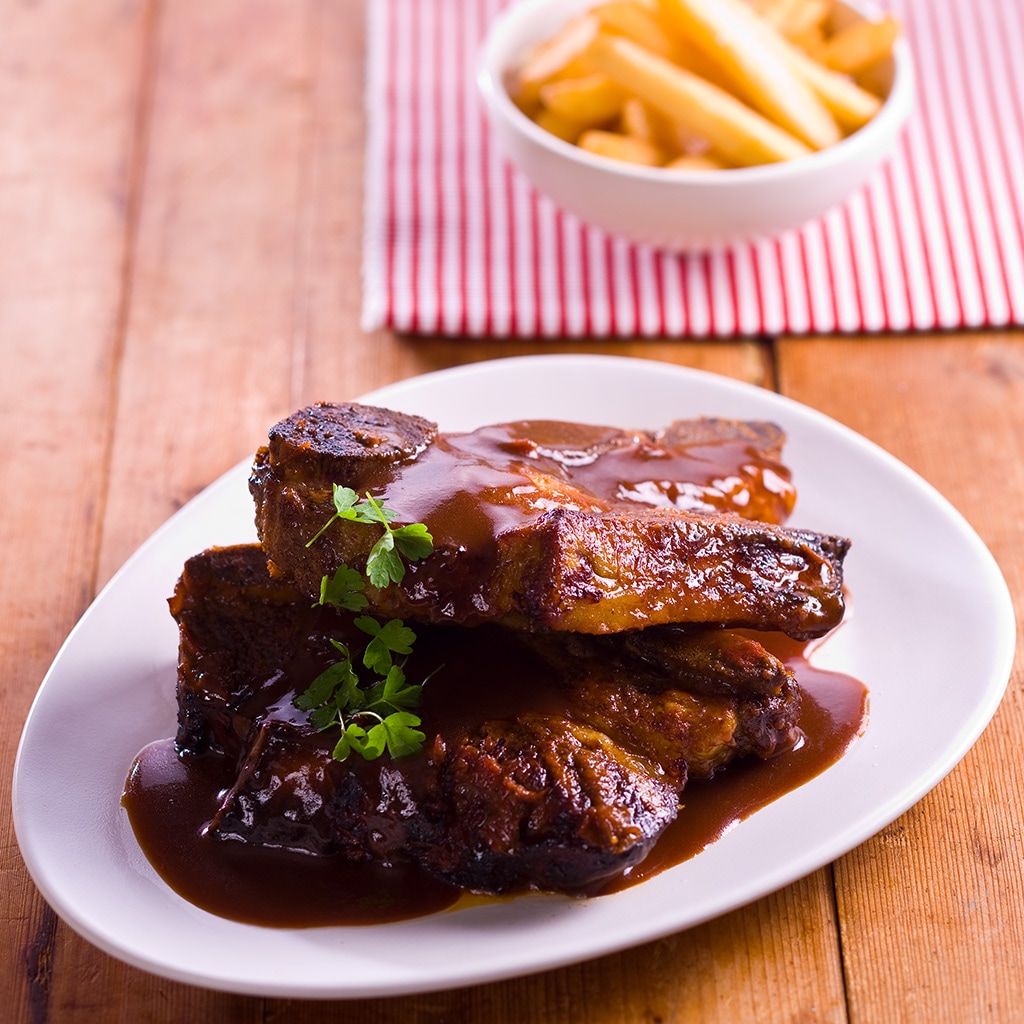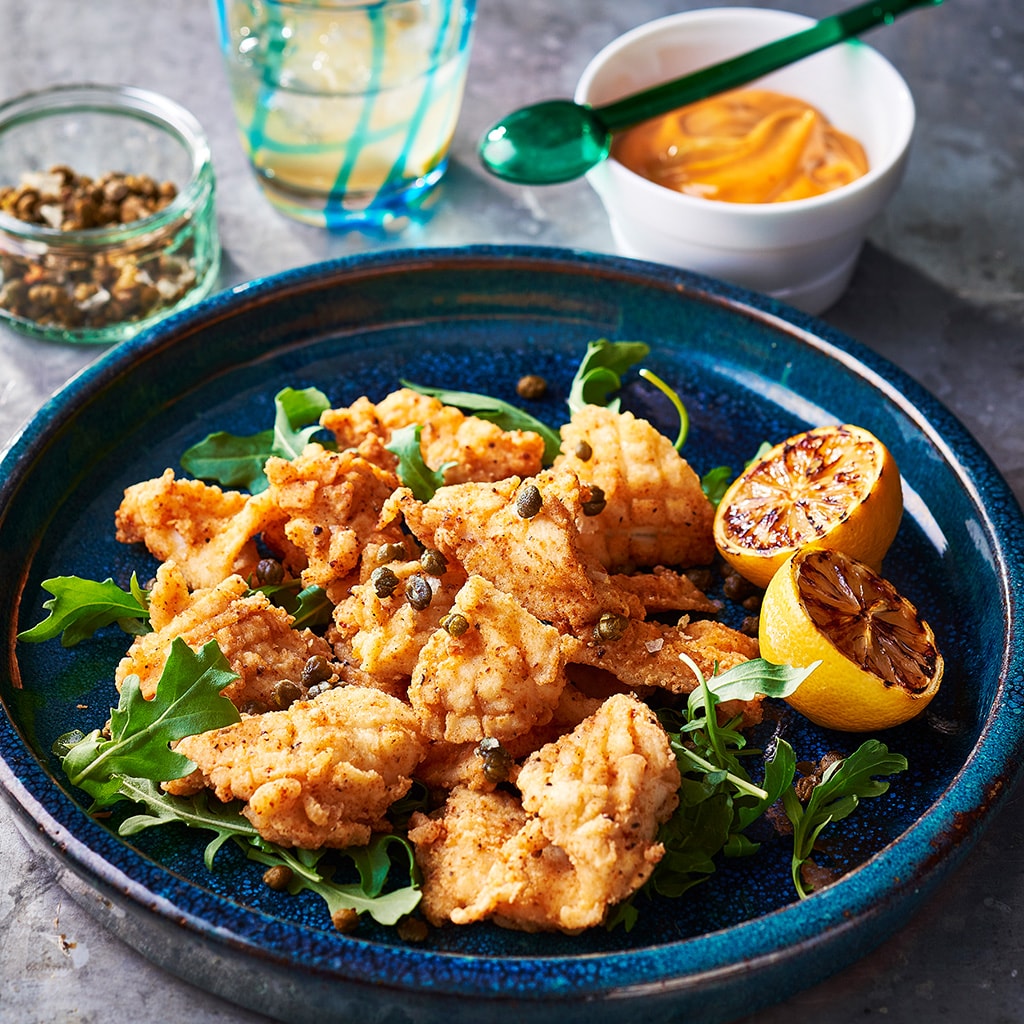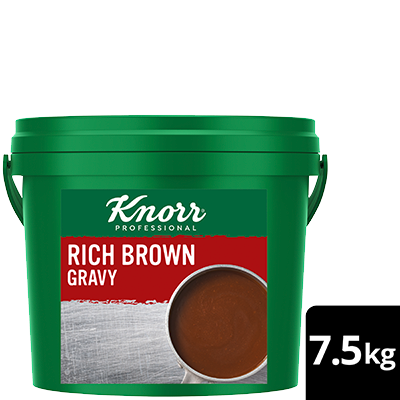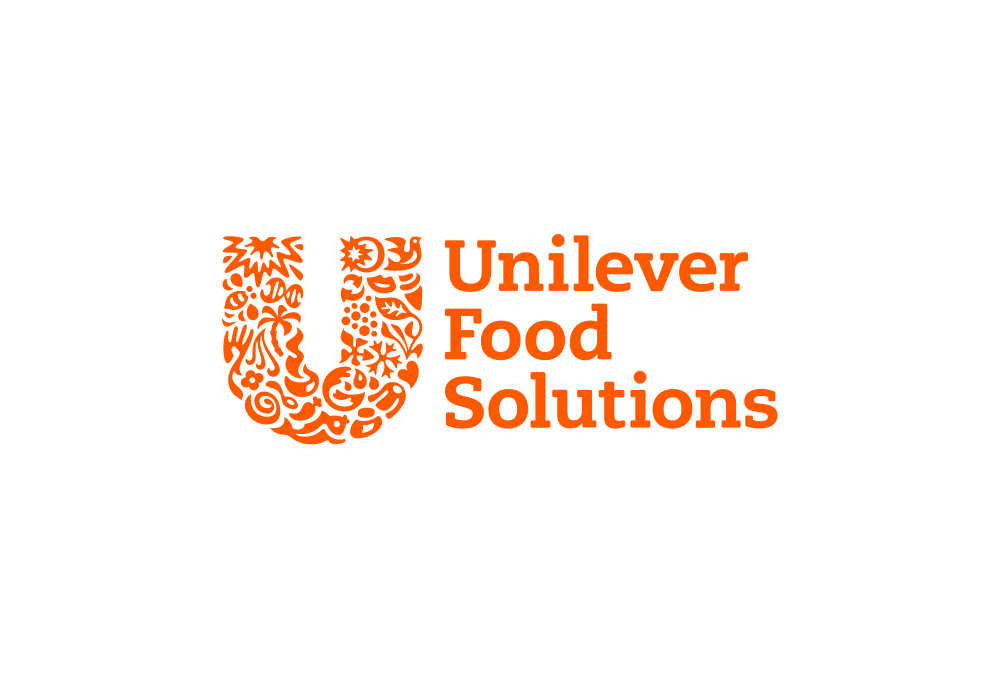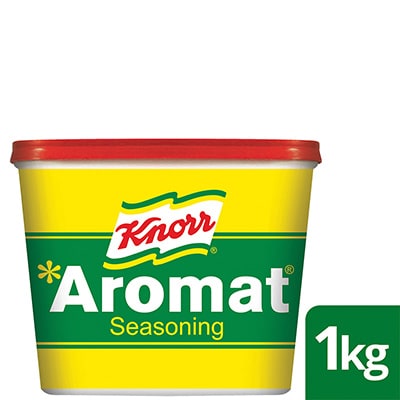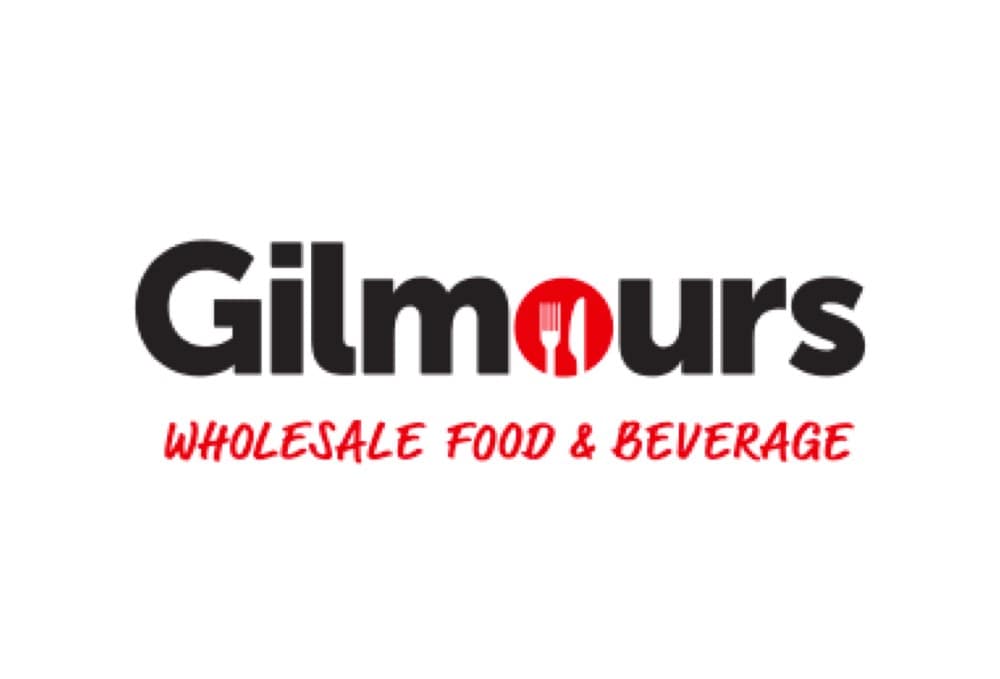Posted on Tueday, 21st April, 2020
At the time of writing, New Zealand is at COVID-19 Alert Level 4. Information in this article is designed to help businesses be ready to re-open for delivery at the appropriate time.

- Your café or restaurant can be ready to deliver in just 10 days.
- As soon as your kitchen becomes operational again, you have a business.
- Work with more than one delivery aggregator to maximise your customer reach.
- Strongly consider an optimised menu while you transition into delivery.
- Take care to redeploy staff appropriately.
- New Zealand food supply chains generally remain sound.

Times of change teach us the importance of a fallback plan. As many hospitality businesses are discovering, the ability to adapt quickly can literally be the difference between making it through or going to the wall.
While disconcerting, bans on gatherings needn’t be terminal for restaurants and cafés. In fact, forced isolation is expected to result in an increased appetite for
chef-prepared meals that can be consumed at home.
We asked Craig Henderson, National Training Manager at Hog’s Australia’s Steakhouse, to share his top tips for helping every business get the most out of delivery in the uncertain months ahead.

Making the move into delivery or significantly ramping up your delivery offer would usually be a decision made over several weeks or even months. But when dine-in traffic drops appreciably, you have to act fast.
“Generally a store can be [ready to deliver] within 10 days depending on how long it takes the delivery aggregator to send out their equipment,” says Henderson. “Have your menu and packaging ready to go, and once your equipment arrives you can be up and running that day.”
Henderson says the biggest challenge faced by Hog’s when starting out in delivery was learning how to time the packaging of meals.
“It is a fine line between putting the meal up too early and it going cold or having a delivery partner wait a bit longer for the order,” he says.
“How we packaged our meals also needed some thought, as our menu was quite large with several options available for customers. Businesses need to work on ways to get that process as consistent as possible to get the best outcome for guests.”
While it may seem daunting to begin a relationship with an aggregator, the message is clear: with the right mindset you can be up and running very quickly.


Even as Alert Levels relax, it is expected that walkup diners will steer clear of mass gathering areas for some time. But as long as there is staff to run a kitchen, a business can re-establish itself.
“If a restaurant’s front of house is struggling due to coronavirus concerns, they could offer delivery as an option for customers,” says Henderson. But he cautions that businesses should not be cavalier with the idea of redeploying staff into delivery roles. He says that Hog’s restaurants doing their own deliveries must be using company cars. The reason?
“There are legal implications to deal with. For example, staff using their own cars would create insurance concerns. And you need to make sure their pay rates don’t change just because you’ve put them in a different role.”

There is no finish line when it comes to the food delivery journey; it is a continuous process of refinement. As Henderson says, “We are learning every day!”
But, he adds, there are some fundamentals when it comes to meeting the expected standards for food delivery.
“The basics still stand - hot, delicious food. We take care to ensure that everything is served at its best so that when it reaches the guest, even though they are not eating in our restaurant, they are still having a great dining experience.”
For Hog’s, a couple of changes along the way have allowed their restaurants to improve their delivery offer.
“Since starting delivery we have optimized our menu by removing some products as well as standardizing some meals,” says Henderson. “We removed our pasta dishes off the menu and a couple of other dishes that did not travel well.”
“As our menu evolves so does the type of packaging we use.”
While your early days in delivery may not be perfect, focus on getting meals to customers in a hot and presentable state, then be sure to constantly refine your processes.

Henderson says Hog’s has good relationships with its aggregator partners, although he jokes, “It’d be great if they reduced their commission but that’s not likely to happen anytime soon!”
Restaurants with experience say it pays to work with more than one delivery partner in order to capture the broadest possible market for home delivered meals.
Says Henderson: “What we find is there is a different demographic that uses each platform. On any given night one aggregator will be busier than another, however the next night it could swap.”


While some foods may be in short supply, in general there isn’t a problem finding ingredients.
“We have no issue with supplies at this stage,” he says, adding that the chain is not close to running out of anything.
“However, as the situation continues some suppliers are reducing their delivery days. As an example, our dry goods supplier has reduced delivery days from six a week down to four.”
Henderson says it’s important to keep the lines of communication open with suppliers.
“We have a central buyer who is talking to our supply partners every two days at a national level,” he says. “For an individual store or business, you simply need to get a bit smarter about the way you manage your stock.”
Top recipes
-
Beef Bourguignon Pies with Pea and Potato Crush -
Char Grilled NY Steak with Garlic Mash, Rosemary Sauce and Crumbed Mushrooms -
Spiced Beef Ribs with Bourbon Sauce -
-
Crispy Squid with Smoked Chilli Aioli -
-
Onion Rings, Blue Cheese Dressing -
Beef Burger with Deep Fried Bacon and Thousand Island Dressing -
Beef Croquettes -
Canadian Burger, Beer Braised Onions -
Crispy Fried Squid -
Smokin’ Brisket Burger -
Porky Teriyaki Pizza -
Smoked Tofu Burnt Ends
Related Products
Log in or Create an account to access:
- Get access to this content
- Discover the latest culinary trends
- Explore and save your favourite recipes
- Watch free video training courses for chefs


